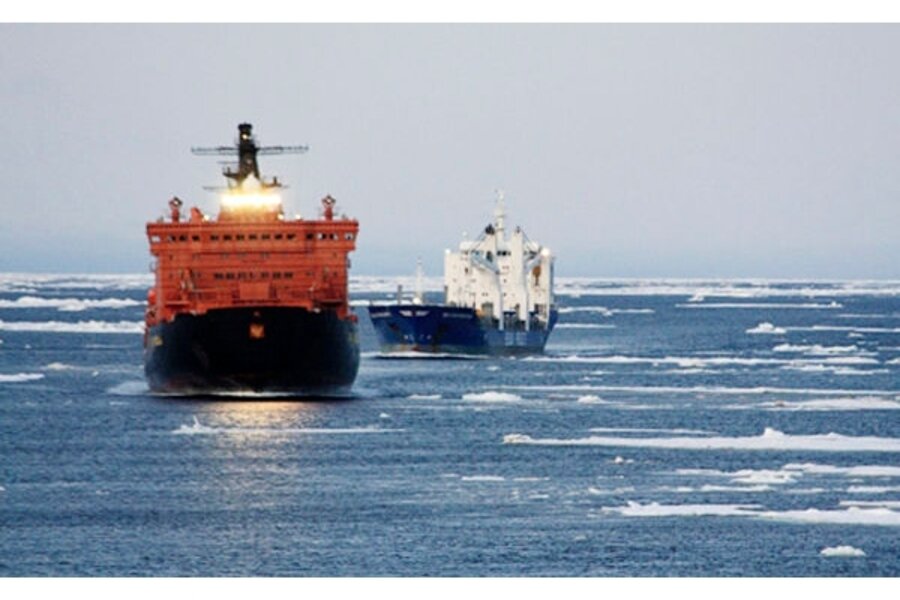Arctic continues to skate on thin ice
Loading...
The Arctic Ocean's summertime sea-ice melt season is ending, and the ice's expanse fell to the third lowest level since satellites began tracking sea-ice conditions in 1979.
Scientists with the National Snow and Ice Data Center in Boulder, Colo., noted this week that this year's retreat of summer sea ice was not as bad as last year's for two reasons: The summer there was cooler this year than last, especially so in a couple of specific regions; and wind patterns favored a smaller loss of summer ice.
Good news? Signs that global warming is over, if it ever was happening in the first place? Not so fast, scientists say. Yes, 2009 is shaping up to be the second year in a row where summer sea-ice extent has grown compared with the previous year -- following its satellite-record low in 2007. You can find the trends plotted on the second image in the series of images at the top of the page.
But before anyone breaks out the confetti or wags an I-told-you-so finger, the peak extent this summer is still some 24 percent below the 1997-2000 average. And it's 20 percent below the 1979-2008 average.
Moreover the ice that's there consists mostly of relatively thin ice rather than the thick multi-year ice that is less vulnerable to a complete meltdown during the summer. NASA's ICESat satellite has been tracking those trends. You can see the results in the third of the series of images at the top of the page.
Why does the ice matter? From a climate standpoint, all that white reflects sunlight back into space. If ice covers less ocean surface during the summer, the 24/7 sunlight heats more of the ocean. That heat content slows the return of ice in the fall and can continue to thin the remaining ice from underneath.
And while the water is exposed, the oceans warmth can take the chill off well inland (think about the Gulf Stream's moderating effect on temperatures during European winters). Researchers are increasingly concerned that this moderating effect from warmer coastal waters could reinforce the melting of permafrost on land, releasing methane -- molecule for molecule, a far more potent greenhouse gas than carbon dioxide.






